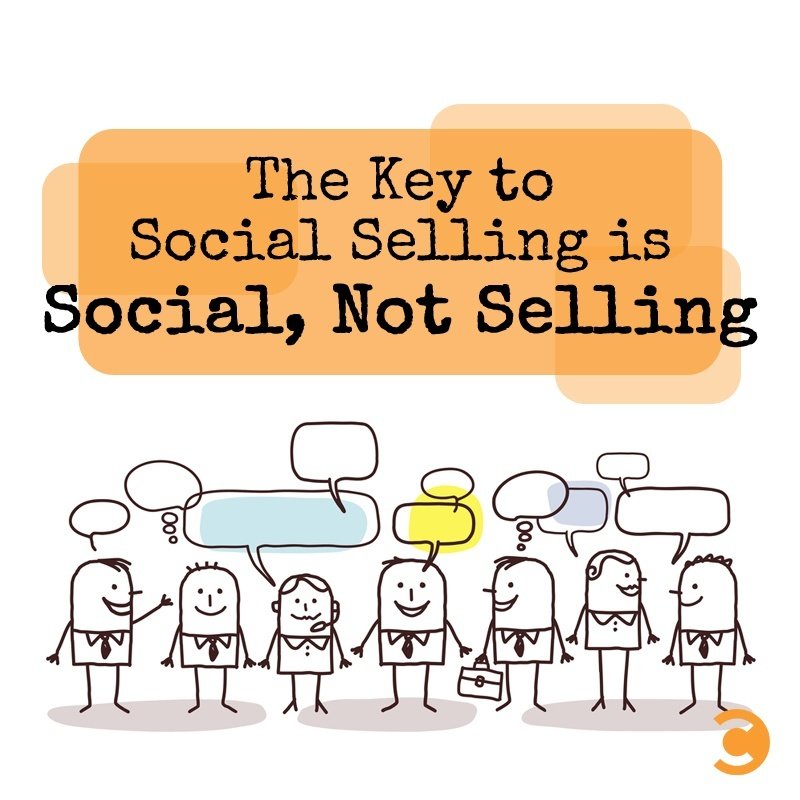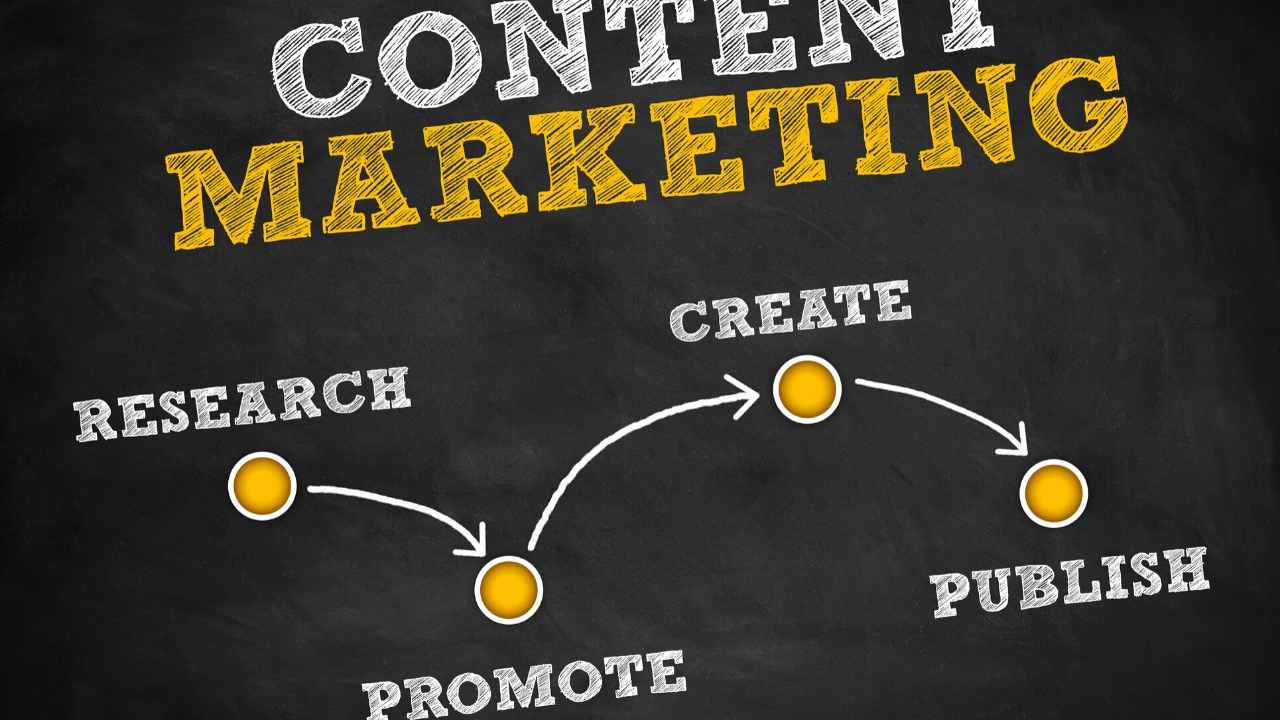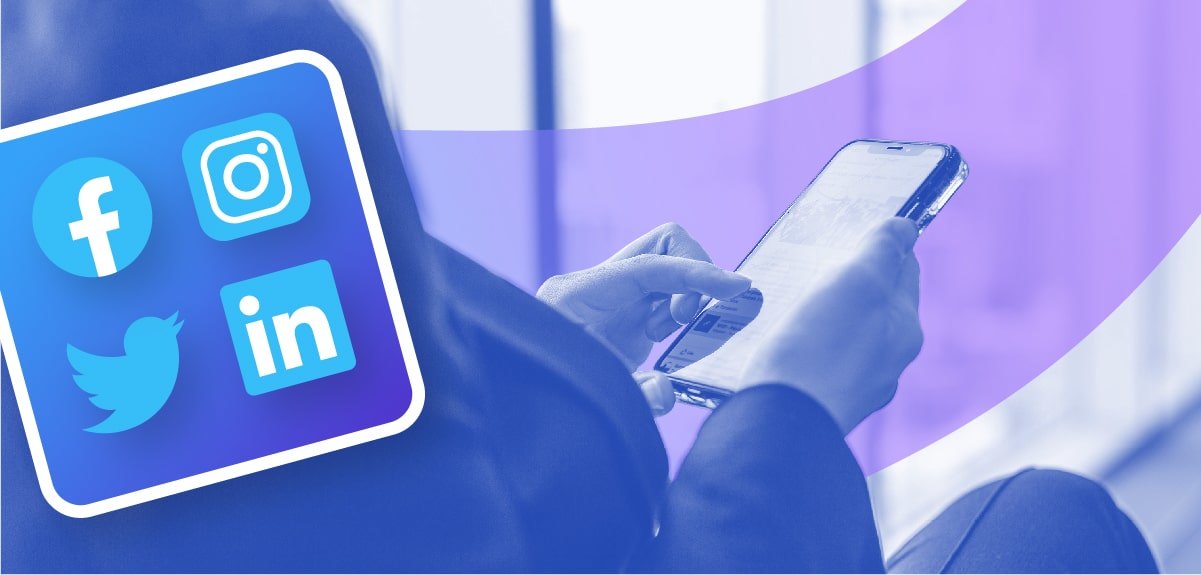
You might be unsure of where to start with content marketing. Here are some examples of inbound-marketing that have been successful. UGC, influencers (user-generated text), lead magnets, content that uses consumer psychology and lead magnets are just some examples of effective inbound marketing. Here are some examples of these techniques, which you can adapt to suit your business. This will allow you to build a more successful inbound marketing strategy.
UGC
UGC's ability to generate authentic customer engagement is one of its greatest benefits. Instead of relying only on brand ads, this kind of content is generated from readers. UGC can be used by a company to build loyalty with its most passionate followers. Customer advocacy programs, for instance, can be a powerful way to encourage UGC from more targeted brand advocates. This content allows the brand access to the passion of its most passionate supporters.
User-generated Content
Numerous benefits are associated with user-generated contents. They are a great source of organic content that can be shared with others and they increase brand trust. Coca-Cola ran a viral contest in which viewers were asked to share their coke with friends and family. It quickly became an international phenomenon. Furthermore, videos and photos have much higher share rates that other types of content.

Lead magnets
In content marketing, lead magnets are valuable pieces of content exchanged for contact information, such as an email address or name. Lead magnets can be used to generate leads for your marketing campaigns. They help companies establish brand awareness and credibility by providing real value to prospective customers. Here are some lead-magnet examples to show you how they can boost your marketing efforts. Lead magnets can be integrated into your content marketing strategy to improve SEO rankings and increase traffic.
Influencers
There are several benefits to using influencers in content-forced marketing. It has been proven effective in promoting ecommerce websites and is also a great option for content-forced campaign promotion. Influencers can be a valuable resource because they can spark interest in your products or services. Influencers are a great way of reaching niche buyers. You need influencers to connect with your brand to get the best results.
Using data
Marketers are becoming more conscious of data marketing. With so much information at their disposal, consumers are more selective about what they see, hear, and read. By using data to your advantage, you can gain valuable insight into the needs and interests of your audience and tailor your content to appeal to that audience. Data-driven content marketing means using data to create user profiles or segment highly-granular audiences.

FAQ
What does it cost to hire content strategists?
Plenty of freelancers and agencies are available to provide content creation services at reasonable prices. However, some companies choose to pay more because they value the expertise of the person working on the project.
What is strategic content marketing?
Content marketing is the art of creating content that people can share across different channels. It's all about giving people exactly what they want. This understanding is key to the success of any company.
Strategic Content Marketing allows you to give your customers exactly what they want at the right time.
You have to know what people care about and listen carefully to find out how they think. You must then create content of high quality that addresses their concerns and solves them problems. This creates trust and loyalty that will ensure you are there when they need you.
Is a Content Marketing Strategy right for me?
If you already know the message you are trying to convey, then a Content Marketing Strategy may be right for you.
If you are looking for some direction before starting, these are some questions:
What does my business need to communicate? Or am I looking to create content that resonates across a range of audiences?
Are you more focused on generating leads, or converting visitors to buyers?
What product am I trying to promote?
Are there people I'd like to meet outside of my industry, or am I open to reaching them?
If you answered "yes" to any of these questions, then a Content Marketing strategy is exactly what you need.
Statistics
- Seventy-two percent business to business (B2B) (mailchimp.com)
- This marketing strategy landed Ford a 15.4% conversion rate. (neilpatel.com)
- In fact, would pay more for a better customer experience, and 86% of B2B buyers would pay more. (neilpatel.com)
- According to our research, 65% of companies with very successful content marketing in 2021 ran content audits at least twice a year. (semrush.com)
- According to research compiled by Coschedule: Companies that publish 16+ blog posts a month get as much as 3.5x as much traffic as those that publish 0-4 posts a month. (criteo.com)
- Companies that use content marketing see approximately 30% higher growth rates than businesses not using it. (mailchimp.com)
- An example of an overarching goal could be: "In 2022, we want to achieve a 20% increase in revenue created by organic content and generate 15,000 MQLs with a budget of $30,000." (semrush.com)
- Out of the 1,500 marketers we surveyed for our State of Content Marketing report, 78% who felt their content marketing strategy was exceptionally effective in 2021 had documented their strategy. (semrush.com)
External Links
How To
Informationgraphic creation tips to help with content marketing
Infographics are an effective way to explain complicated concepts clearly and make information understandable. Content marketing aims to provide useful and valuable information to your target audience, so you should consider using infographics to help spread this message.
To create an infographic, you will need to use design software like Adobe Illustrator or Photoshop. You can use these programs to draw out different shapes and elements to represent your data, then add colors and fonts to make everything look nice. After your design is complete, you can upload images from Unsplash and Pixabay to your design.
You can find inspiration for your own ideas by looking at existing infographics online. A picture of a food Pyramid could be used to show how many calories each food has. Or you could look at how many sugars are found in soda pop and replace that number with a picture from a Coke bottle.
Once you have designed your infographic you can share it via social media channels, such as Facebook or Twitter. This allows people to learn more about the concept, even if they aren't familiar. Include hashtags if you plan to share your infographic via social media platforms. This will allow others to see what you're talking. Users can follow conversations around specific topics using hashtags.
An infographic is a shorter version of a blog post. An average blog post can range from 2000 to 5000 word, while an informationgraphic needs only 500 to 1000 words. This allows you to convey more information in a smaller space.
Your infographic should be easy to read for some viewers. It is important to use large fonts and avoid relying too heavily on colors when designing your infographic. It is important that all text is legible.
These are just a few additional tips.
-
Use an infographic template. There are many free templates available online and in printable formats. The most popular ones include Canva, Piktochart, and Google Slides.
-
Make your Infographic. To create your infographic, use the template. You can use any type of media that is appropriate for your audience. If you want to create an infographic on the best places for food in Seattle, for example, you might use photos from local restaurants.
-
Add Text. After creating your infographic, add text with Microsoft Word, PowerPoint, and Canva.
-
Add images. Your infographic can also include images. These images can include charts, graphs and icons. You should make sure that the picture you upload is related to your topic.
-
Make it interactive. You can add interactive elements such as buttons, maps, and links. This will help engage your audience.
-
Share. Share your infographic after you're done.
-
Measure. What was the performance of your infographic? Did people click through? Did they signup for your mailing list? What was their reaction when you showed them your infographic
-
Improve. Are there ways you could improve your infographic? What could you do better next year?
-
Repeat. Do this again!